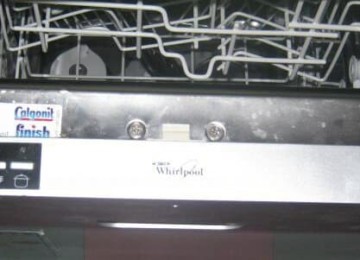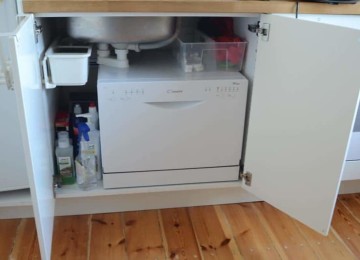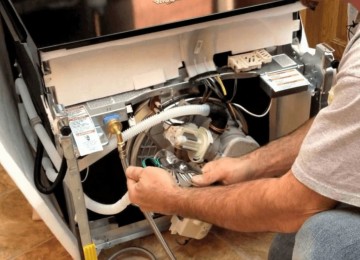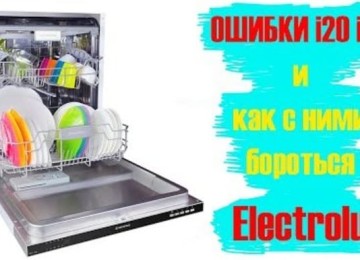 Manufacturers of modern household appliances are developing new modifications of dishwashers, providing them to consumers to choose from. On the one hand, this expands the possibilities of buyers, each of whom can purchase a device that makes life easier, depending on their preferences and material wealth. But, on the other hand, the problem of choice arises. You cannot purchase a complex and expensive device relying only on appearance and your own feelings - you also need to study the technical characteristics of dishwashers.
Manufacturers of modern household appliances are developing new modifications of dishwashers, providing them to consumers to choose from. On the one hand, this expands the possibilities of buyers, each of whom can purchase a device that makes life easier, depending on their preferences and material wealth. But, on the other hand, the problem of choice arises. You cannot purchase a complex and expensive device relying only on appearance and your own feelings - you also need to study the technical characteristics of dishwashers.
Conventionally, all dishwasher parameters can be divided into two groups: basic and additional. The main ones include factors without which a household device cannot be fully used. This is the installation method, the dimensions and capacity of the machine, the presence of the necessary modes, power, and degree of safety. Additional parameters include convenient options, the presence of economical modes, interesting design, modern controls, and additional equipment.
type of instalation
Depending on the installation method, the dishwasher can be built-in or free-standing. Built-in models are purchased in connection with the kitchen set and are recommended for small spaces.There are partially built-in options with their own front door and an open control panel, and fully built-in ones - completely hidden behind a decorative facade.
Freestanding dishwashers are great because they can be placed in any suitable place in the kitchen, regardless of the furniture. They are easy to install and maintain. But such dishwashers should fit perfectly into the interior, without standing out against the background of the kitchen set and household appliances.
Dimensions and capacity
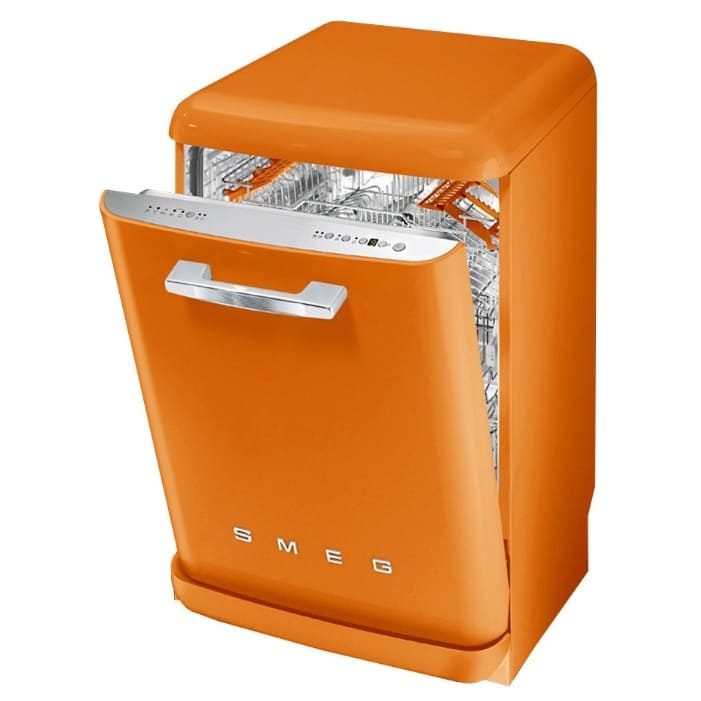
The dimensions of the device are an important parameter that determines its location. The capacity of the machine is characterized by the number of dishes that can be washed at the same time. Each set consists of 11 items.
- Full size models with dimensions of 60x60x85 cm are designed for 10-14 sets and are usually mounted between kitchen cabinets or located separately.
- Narrow models with the same height have a width of 35 to 45 cm, accommodate 6-9 sets of dishes, and can be built into furniture or installed separately.
- Compact The machines are designed for installation under the sink, in a wall niche, or on a countertop. Their standard dimensions are 45x55x45 cm with a capacity of 4 to 6 place settings.
Weight
The weight of dishwashers depends on their design and functionality. Significantly increases the weight of the device to reduce noise levels, energy consumption and water consumption.
Power
The power of devices is determined by the level of energy consumption, therefore for class A this figure is lower than that of less economical C machines. The maximum value ranges from 2 kW to 3.3 kW.
Efficiency
Two washing class indicators and three drying classes determine the level of cleanliness of the dishes. The efficiency of washing depends on the design features of the device, the number of nozzles, the speed and direction of water supply. Class A means complete cleaning of the dishes, class B means minor residual traces are acceptable.
Drying class A guarantees complete drying without streaks; for classes B and C, small amounts of drips and water drops are acceptable.
Economical
According to the degree of energy consumption, dishwashers are divided into 7 classes from A to G. According to water consumption, there are three classes: A, B and C with consumption per cycle of 14-16 liters, 17-20 liters and 20-25 liters, respectively. At the same time, even budget class C appliances consume water more economically than manual washing.
Drying type
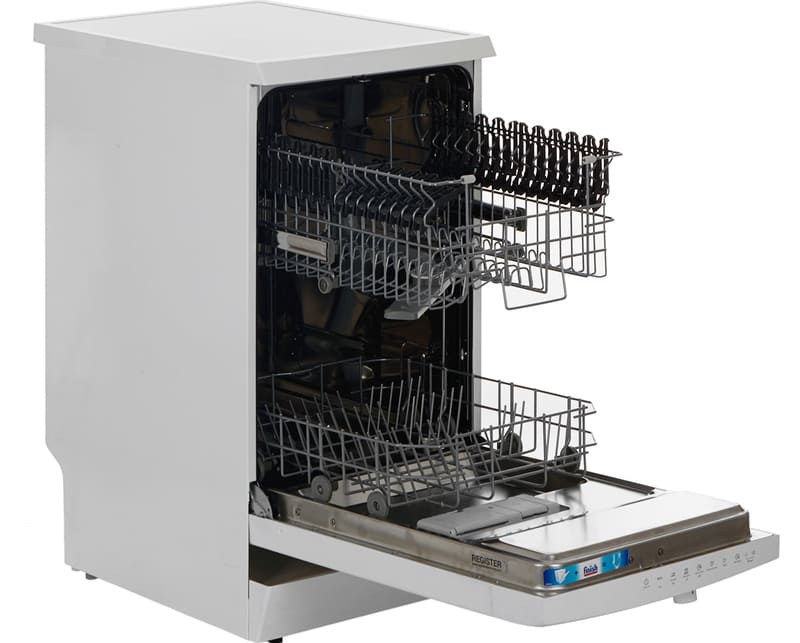
Drying dishes is achieved in one of three ways:
- In the process of air circulation - condensation drying.
- Due to the rapid supply and removal of steam - heat exchange drying.
- Using a fan and an additional heating element - turbo drying.
Control type
The old-fashioned but reliable mechanical type allows users to set operating modes using toggle switches and buttons. With electronic control, the dishwasher is equipped with touch keys and a display with information data. Intermediate type – mixed control of touch and mechanical buttons.
Design
Dishwashers have a laconic appearance and a limited choice of colors. Manufacturers mainly offer models in black, white, steel, and silver. Design and color are of great importance for free-standing models, which must be combined with kitchen units and other large household appliances.
Security level
The safety of using dishwashers is ensured by the following measures:
- Blocking the door from accidental opening.
- Partial or complete protection against leaks.
Noise level
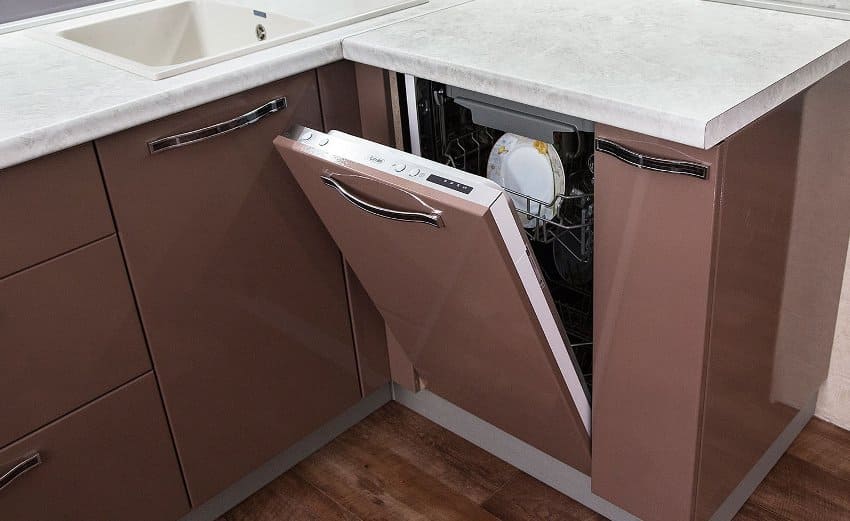
The noise level of a dishwasher does not have a clear classification and is a subjective value. Quiet noise at the level of a human whisper corresponds to 42-60 dB, although the comfort of families with small children can be disturbed even by the sound of water filling and draining. The noise level is important when working at night.
Equipment
Leading dishwasher manufacturers are working to improve consumer convenience by expanding the basic equipment additional accessories. This could be a second basket, a cutlery tray, or a glass holder. New models from the bosch brand are equipped with two- and three-level baskets with a change in the position of the trays. Ergonomic placement of dishes in the chamber of the device contributes to better washing of contaminants.
Functional
Basic functionality consists of three modes for washing dishes of varying degrees of soiling and washing with pre-soaking.
Among the additional functions, consumers will appreciate the following features:
- Delicate wash – for glass and fragile items.
- Half load - for washing several items.
- Delay start.
- Application of 3 in 1 products for detergent recognition.
- Sound or light indicator of washing completion.
- Rinse aid indicator.
Models from leading manufacturers hansa and indesit are able to independently select a program, determining the degree of its contamination.
A convenient variable washing mode is included in the functionality of Siemens dishwashers. Its use allows you to reduce water consumption by simultaneously washing dishes in one basket and soaking them in another.
Luxury dishwashers have a large number of convenient options, the real need of which is assessed by the consumer.
Additional features
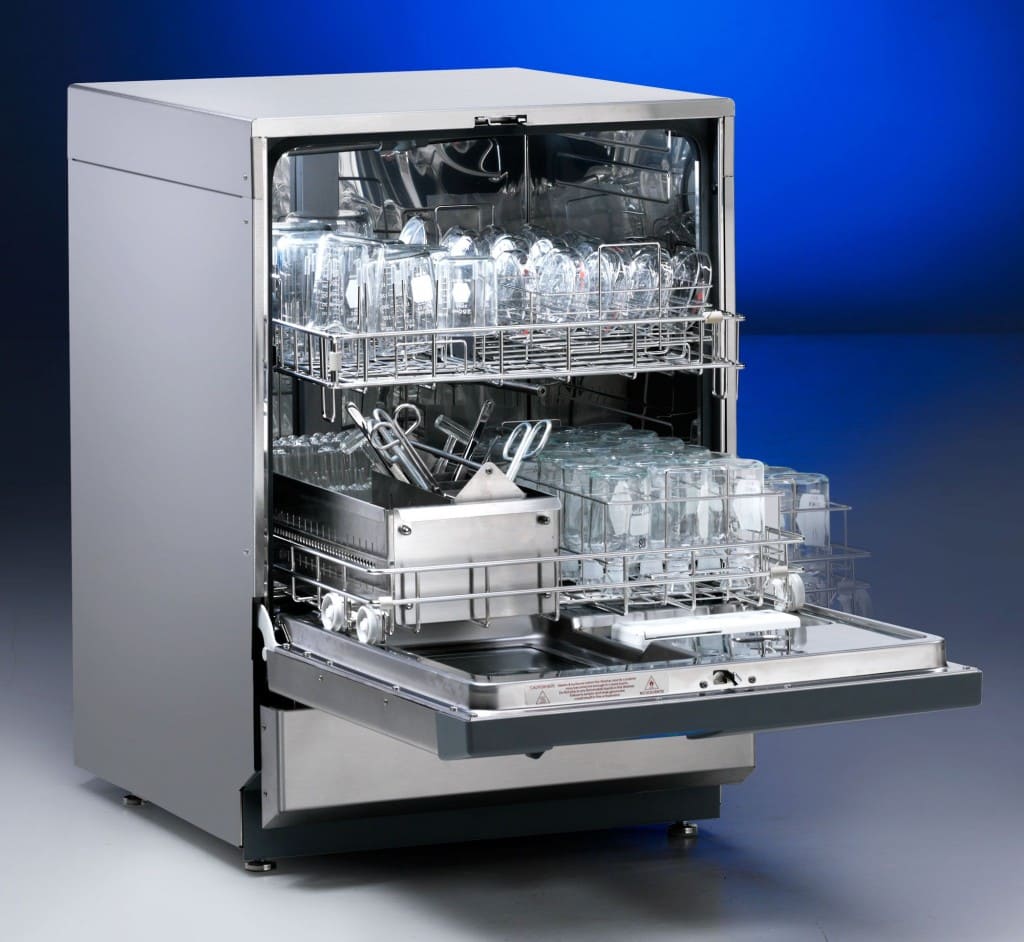
The technical characteristics of modern dishwashers are complemented by improvements based on innovative technologies.
- In order to save resources, removable and self-cleaning filters are used for repeated use of water.
- To prevent the appearance of limescale, ultra-modern models are equipped with a sensor for determining water hardness. If lime is detected, special salts are added to the water to neutralize it.
- The level of water purity is determined by a special sensor that is able to respond to insufficient water transparency and change the cycle duration and water consumption.
- Some models provide for the inclusion of lighting in the internal chamber, which simplifies the loading and unloading of dishes.
- For silently operating machines, a relevant function is the color beam indication and projection of data about work and its completion time onto the floor covering.
In our rapidly changing world, modern technologies immediately find everyday use. New generation dishwashers are distinguished by expanded functionality, ergonomic internal chambers, and economical consumption of resources.






